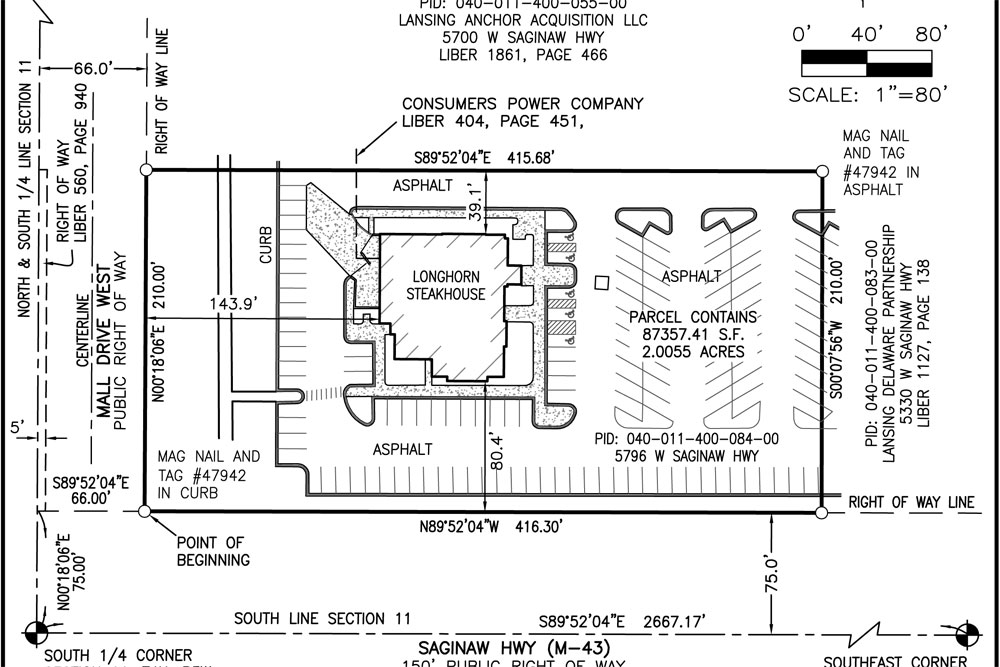
August 16, 2024
Effective Wood Retaining Wall Drain Suggestions And Techniques
Effective Keeping Wall Surface Drain Tips For Long-lasting Wall Surface Addressing typical issues like cutting corners in drainage planning ends up being critical in making certain the long-term strength of your concrete block preserving wall. Laying drain pipes involves placing them at the appropriate slope to promote water circulation. Linking the pipelines to water drainage outlets makes sure that water is guided away from the retaining wall. Securing the pipes and screening for correct drain prior to backfilling is vital to stop future problems.Adding Gravel And Filter Textile
Retaining Walls: What You See and What You Don’t – Part 4 - Stormwater Solutions
Retaining Walls: What You See and What You Don’t – Part 4.
Posted: Wed, 31 Dec 2003 08:00:00 GMT [source]
How To Enhance Concrete Keeping Wall Surface Water Drainage
This prevents water accumulation behind the wall surface, which can create disintegration, instability, and damage. Proper timber retaining wall surface drain is necessary for keeping the architectural integrity and durability of your maintaining wall. By comprehending the significance of drain, planning efficiently, and purchasing high quality materials and expert solutions, you can make certain an effective and sturdy installment. Routine upkeep and examinations will help keep your drain system operating effectively, safeguarding your wall surface and improving your landscape. Taking a positive stance in securing your concrete block retaining wall surface involves a meticulous approach to drainage planning. Mounting a drain system featuring a global wall surface drain, perforated pipelines, and purposefully positioned weep holes ends up being vital.- Improving system durability involves utilizing long lasting products and regular evaluations.
- Sloping the backfill far from the wall is essential in boosting preserving wall water drainage.
- On the dry side it will certainly vaporize leaving mineral efflorescence or discoloring mildew.
- Slope stablizing involves the use of dirt reinforcements to prevent dirt activity and disintegration.
- This makes sure the restored wall surfaces hold up against future anxieties while maintaining their historic appearance.
How do I quit my maintaining wall from leaking?
In summary, both polyurethane foam injection and architectural epoxy shot work fixing techniques for keeping walls. Polyurethane foam injection is a very effective approach for protecting against water infiltration, stopping energetic water circulation, and effectively and completely sealing cracks.


Social Links